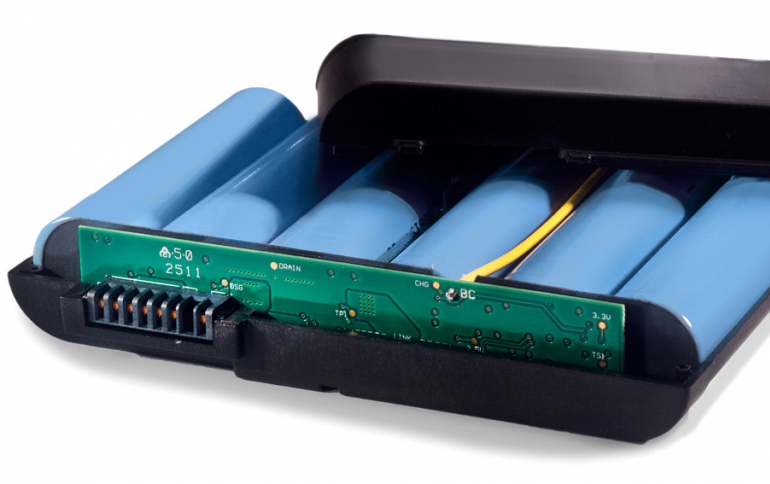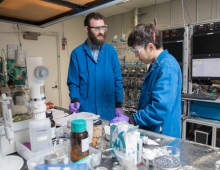
Researchers Formulate New Battery Design For the Demanding 5G World
Researchers have created a new formula for battery composition that makes lithium-ion batteries more powerful by packing 2.5 times the battery life than anything currently on the market.
The researchers at Nokia Bell Labs and AMBER, the SFI Centre for Advanced Materials and BioEngineering Research hosted at Trinity College Dublin describe the new battery design as "game-changing" saying that it has the potential to help power the connected world of the future.
The increasing power requirements of connected devices such as smartphones, drones, electric cars and robots necessitates greater battery performance for both new applications as well as longer battery lifetimes. The new battery design also has far-reaching implications for 4G and 5G networks where conventional power may not be available for network equipment, or where emergency backup battery systems are essential to keep systems running.
An additional benefit to this new technology is its potential to improve the performance of large-scale energy grids powered by renewable energy. The demand for reliable power relies on storage technologies to manage the high fluctuation in energy generation in today's wind and solar renewable technologies.
Increasing the energy storage capability of lithium-ion batteries necessitates maximization of their areal capacity. This requires thick electrodes performing at near-theoretical specific capacity. However, achievable electrode thicknesses are restricted by mechanical instabilities, with high-thickness performance limited by the attainable electrode conductivity.
The researchers showed that forming a segregated network composite of carbon nanotubes with a range of lithium storage materials (for example, silicon, graphite and metal oxide particles) suppresses mechanical instabilities by toughening the composite, allowing the fabrication of high-performance electrodes with thicknesses of up to 800 μm. Such composite electrodes display conductivities up to 1 × 104 S m−1 and low charge-transfer resistances, allowing fast charge-delivery and enabling near-theoretical specific capacities, even for thick electrodes. The combination of high thickness and specific capacity leads to areal capacities of up to 45 and 30 mAh cm−2 for anodes and cathodes, respectively. Combining optimized composite anodes and cathodes yields full cells with state-of-the-art areal capacities (29 mAh cm−2) and specific/volumetric energies (480 Wh kg−1 and 1,600 Wh l−1).
A patent has been filed to protect this new technology design and help bring it to the marketplace. A study discussing the battery research performed by Nokia Bell Labs and AMBER has been published in Nature Energy science journal.

















